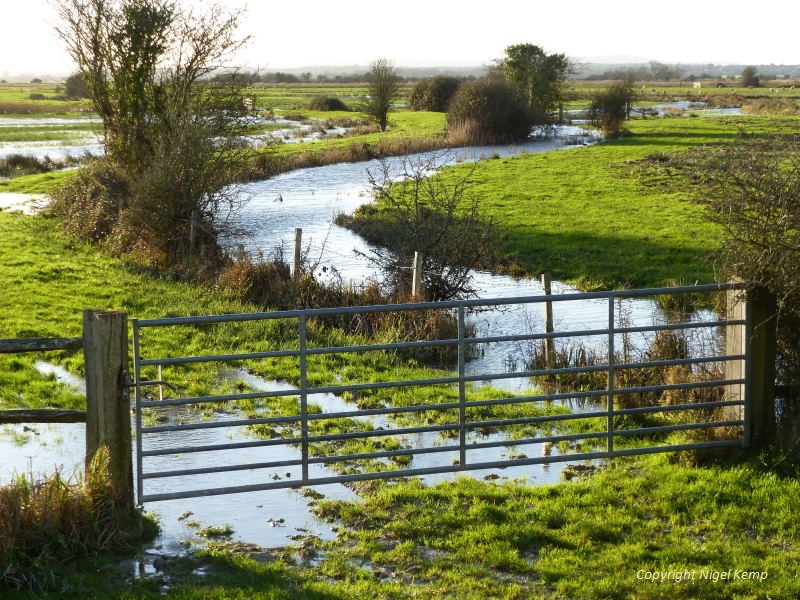It is always a thrill when I happen upon rare species or rarely seen behaviour in the wild. Whilst I'm not particularly obsessive about chasing rarity for it's own sake, I am always on the look out for anything unusual.
For me, rarity can mean a nationally rare resident breeding species, rare and vagrant migrant species, or regionally rare species that may be common in one county and not found in the next.
Globally, the Long-tailed Blue (
Lampides boeticus) is a widespread species but it is a rare migrant to UK shores and in two of the last three years it has managed to produce late season British broods. When, in 2013 it became clear that Long-tailed Blues were arriving in southern England along a broad front, I was keen to seek it out in East Sussex.
Long-tailed Blue (Lampides boeticus) (female)
Long-tailed Blue (L. boeticus) (male)
Long-tailed Blue (L. boeticus) (male)
This individual (below) was the only example I saw in 2015, found by Mark as we searched together at an East Sussex site.
The Four-spotted Footman (Lithosia quadra) is mainly a migrant moth to Britain but has established a breeding population in East Sussex in recent years. In June 2014, my wife and I came across a quadra larva basking on a garlic mustard leaf whilst I was looking for Orange-tip larvae. Whilst I could see what family it was from, I didn't make a positive identification until I got home to check the books. It was the first confirmed sighting of a quadra larva in Sussex since 1949 and then 1874 before that.
(Reference; "A Complete History of the Butterflies and Moths of Sussex" vol.4, by Colin R. Pratt).
Four-spotted Footman (Lithosia quadra) (larva basking on garlic mustard leaf in East Sussex)
Guide books will show that the main breeding populations for the Scarce Emerald Damselfly (
Lestes dryas) seem to be centred around the Thames estuary and Norfolk. The occurrence of this species in East Sussex can at best be described as sporadic, with I believe no known or confirmed breeding sites within the county. In July 2014, I came across a male
dryas on Ashdown Forest.
Scarce Emerald Damselfly (Lestes dryas) (male)
For all things to do with orchids, I go straight to the excellent "Orchids of Britain and Ireland" by Anne & Simon Harrap. The distribution map for the Green-flowered Helleborine (
Epipactis phyllanthes) shows that it is found locally mainly in south-central England. In East Sussex it appears to be a rare plant although it may be under-recorded. In 2014 I was invited by a friend to come and see a helleborine species that appears annually beside her farm driveway. After consulting the Harrap, I was confident that we were looking at
phyllanthes. In 2015, I decided to search a wider area for more plants and was chuffed to find another small group growing nearby.
Green-flowered Helleborine (Epipactis phyllanthes) from the original group.
Green-flowered Helleborine (E. phyllanthes) from the second group.













